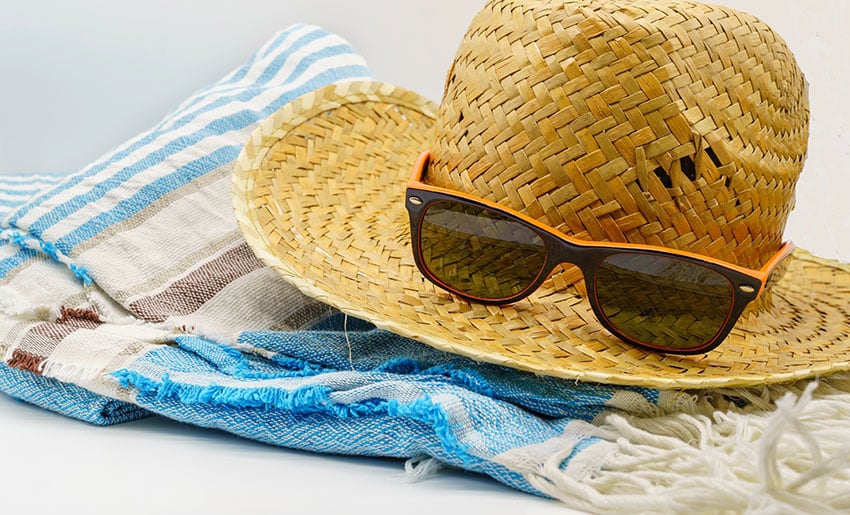Practicing Sun Safety
One in five people in the United States will develop skin cancer throughout their lifetime. The most common is basal cell carcinoma, followed by squamous cell carcinoma, melanoma and Merkel cell carcinoma.

Sun safety and prevention of skin cancer involves a sun-safe lifestyle, routine dermatologic follow-up and self-skin checks. At least 90-95% of skin cancers are caused by ultraviolet (UV) radiation exposure to the skin. Sunlight and tanning beds are examples of UV exposure. Tanning beds emit two-three times more UV radiation than the sun.
Consult with your doctor if you have any moles with the following features described by the acronym ABCDE. A is for asymmetry when one half of the lesion does not match the other half. B is for irregular or uneven borders. C is for a variety of colors within one lesion. D is for a large diameter greater than ¼ inch. E is for evolution or change in the size, shape or color of a lesion over time.
Protecting your skin from sunburn is key to skin cancer prevention. Stay out of the sun as much as possible during peak UV hours between 10 a.m. and 4 p.m. Cover up with physical barriers, including UPF clothing with long sleeves and long pants, and utilize wide-brimmed hats and sunglasses. Apply broad spectrum (UVA/UVB) waterproof sunscreen of at least SPF 30 strength and reapply every two hours. Do not use indoor tanning machines and be sure to check your skin regularly for changes.
The Mole Patrol skin cancer screening program offers free skin cancer screenings and cancer education to the public. Visit Moffitt.org/MolePatrol for more information and to find upcoming events.
This story was originally published in the PARTNERS newsletter. Visit Moffitt.org/PARTNERS for more stories and to learn more.
